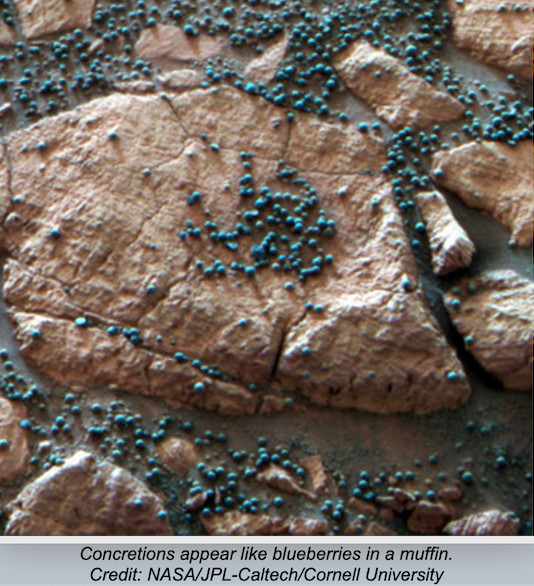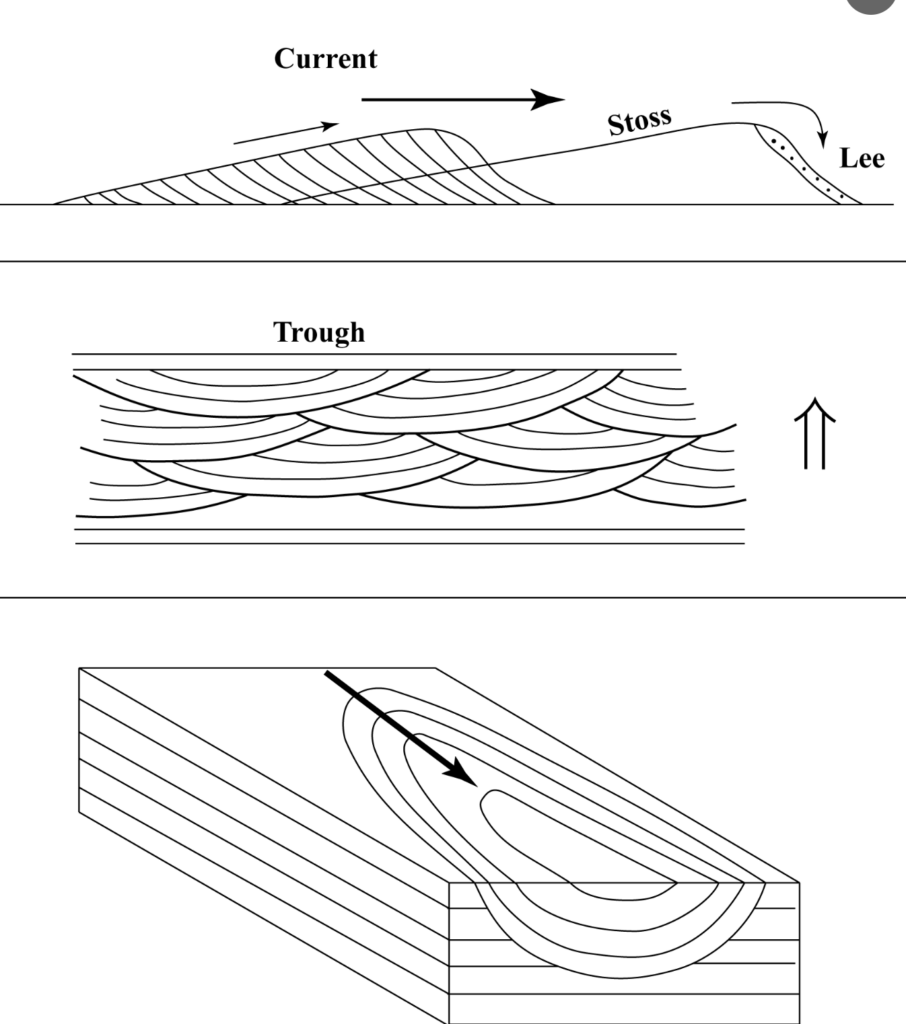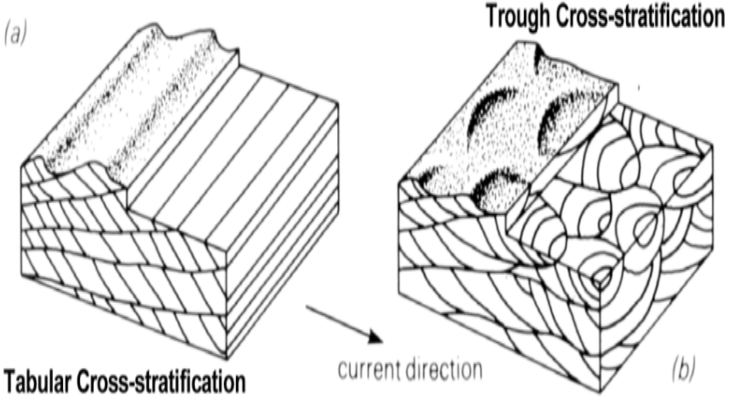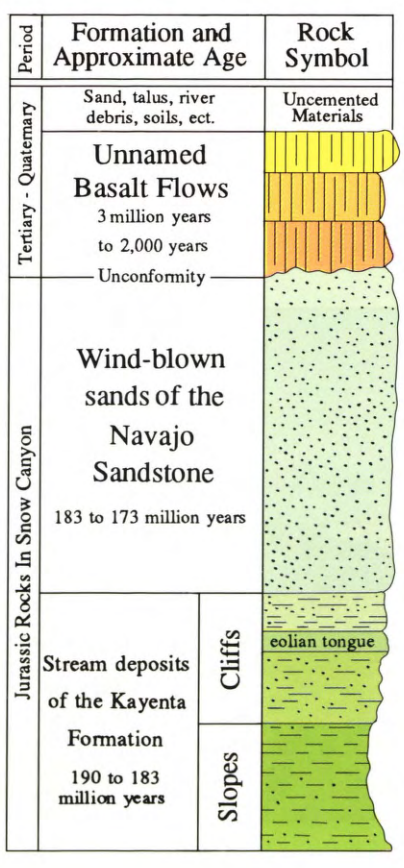Snow Canyon State Park

Snow Canyon is located in the Red Cliffs Desert in Utah. It sits at a junction between the Mojave Desert, The Great Basin, and the Colorado Plateau. The red rock formations here are absolutely spectacular.
Check out a 360 view of the area in the video
Southern outcrop of of Snow Canyon
The landform seen at Butterfly Trail are preserved dunes in the Navajo Sandstone. They are ancient aeolian formations frozen in time. During the Jurassic Period, this area was a great sand sea, called an erg,. It stretched from Wyoming to Southern Arizona, and Western Colorado & New Mexico to Nevada forming this massive dune complex. The Navajo Erg is one of the largest dune fields in Earth’s history. The dunes were buried by sediment,cemented, and compacted which preserved the dunes over a 120 million year timespan. Tectonic action along the continental margin uplifted the buried dunes 70 million years ago. Weathering and erosion have removed the overlying layers and left the dunes as seen on the surface today.
The Navajo Sandstone is primarily quartz sand. It is well-sorted, fine-grained, and rounded.
Well-sorted – The grains are all about the same size
Fine-Grained – Roughly 2/10 diameter
Rounded- the grains are smooth with no angularities, grains have spent a long time in the transportation cycle
As older sand dunes were buried by younger dunes, the sand grains were exposed to groundwater and oxygen. A chemical reaction occurred where the iron-bearing minerals present in the sand formed a red-colored iron oxide mineral, hematite.
The reaction between dissolved oxygen and iron-silicate minerals aggressively removes electrons from and adds oxygen atoms to the iron atoms. This oxidation reaction rusts the iron. Hematite is the rust. The hematite eventually coated the quartz grains, painting them red! This is called ‘staining’.

In the video, across the canyon on the North side, the outcrops are white, occurring from a process called ‘bleaching’.
20 million years ago, Magma rose from the mantle in the North-East, releasing carbon dioxide. The CO2 mixed with methane gas that was trapped in the pore spaces of the sandstone, acidifying the groundwater.
Photo: Kenyon
Over millions of years the acidified ground water percolated through the sandstone, bleaching the hematitic coating off of the quartz
Moqui Marbles
All over the ground in Snow Canyon are these wonderful well rounded dark balls. Look around in the video for them. These are called Moqui Marbles! They are spherical iron concretions. The same reaction that stained the quartz red also released free iron into the groundwater. The iron precipitated out into the sandstone’s pore space. The speck of iron acts as a nucleus that material concretes itself upon or sticks to, like snowball. These spheres are known as “concretions”.
Moqui Marbles have many names. Also known as Moqui Balls and Hopi Marbles, they are named for the Hopi tribe (formally known as the Moqui Indians) that occupied the area. Legend has it that the dearly departed ancestor’s spirits would come to Earth and play marbles at night, leaving them behind to show their loved ones they are happy in the afterlife and they should not be worried about them. It is a wonderful comfort from the dead to the living.
Martian Blueberries
NASA’s Mars 2004 Exploration Rover ‘Opportunity’ discovered what scientist called Martian Blueberries. They are thought to be hematite concretions just like the Moqui marbles seen here. On Mars, the concretions are scattered all about and stuck in rock , “Embedded in it like blueberries in a muffin” said Dr. Steve Squyres, principal investigator for the rovers’ scientific instruments. Concretions implicate water in Mars past which has been confirmed in the years since the Opportunity Rover. I wonder what the Hopi would have thought of their marbles on Mars!


Preserved Dunes
Dunes form through the action of wind, the aeolian process! They are asymmetrically shaped, with steep lee (downwind) and gentle stoss (upwind) sides. The pattern of the cross strata is the shape of the lee slope. The pattern depends on wind velocity and grain size.

Dune cross stratification is the internal structure of deposition on the lee slope. Cross strata is at an angle principal to bedding and forms as a result of deposition during downwind migration of sand. This preserves and illustrates the migrational patterns and wind direction dunes underwent when deposited. Cosets, sets stacked on top of each other, tell us that dunes are migrating on to one another!

There are two common types of cross-stratification: tabular and trough


photos: Sedimentary Structures
Video: USGS
The dunes in Snow Canyon illustrate excellent dune trough cross stratification. Trough cross- stratification dips in the direction of current flow which forms the hollowed ‘trough’ shape. The shape of the preserved dunes in Snow Canyon include various aeolian structures. Barchan dunes, linguoid current ripples, and sinuous current ripples are typically culprit shapes of trough cross strata.
Notice the direction the ground is pointing in the 360 video at the top of the page. The surface the camera sits upon is dipping north-west. Using the white rocks as a marker of north, another surface can be seen dipping south, to the left of the camera. The lineations on the ground are dune bounding surfaces. They are boundaries between sets of cross strata.

In this particular photo, can you count the number of bounding surfaces between cross strata? There are about 12 sets in this photo, that have bounding surfaces between each set of cross strata.
photo: Coyote Buttes, Utah open link for more information on dune bounding surfaces
In the 360 video, you are seeing a side view, showing the bounding of one dune migrating onto the surface of another dune in a different direction.

In the distance, there are black blobs of basalt appearing to flow down the mountain. These young basalts are from volcanism that began 3 million years ago, capping the exposed Navajo Sandstone! This created an unconformity as the layer that buried the preserved dunes has eroded away leaving the youngest layer discontinuously atop the Navajo Sandstones in an otherwise continuous rock record.

Modern sand dunes play on the westside of the canyon, whispering the future of Snow Canyon as the breathtaking landscape continues to be sculpted by the elements. Looking into the geologic past is the oracle for the geologic future.
If you ever find yourself in Snow Canyon here is a great field trip tour guide!
Author: BreeAnn Getman

